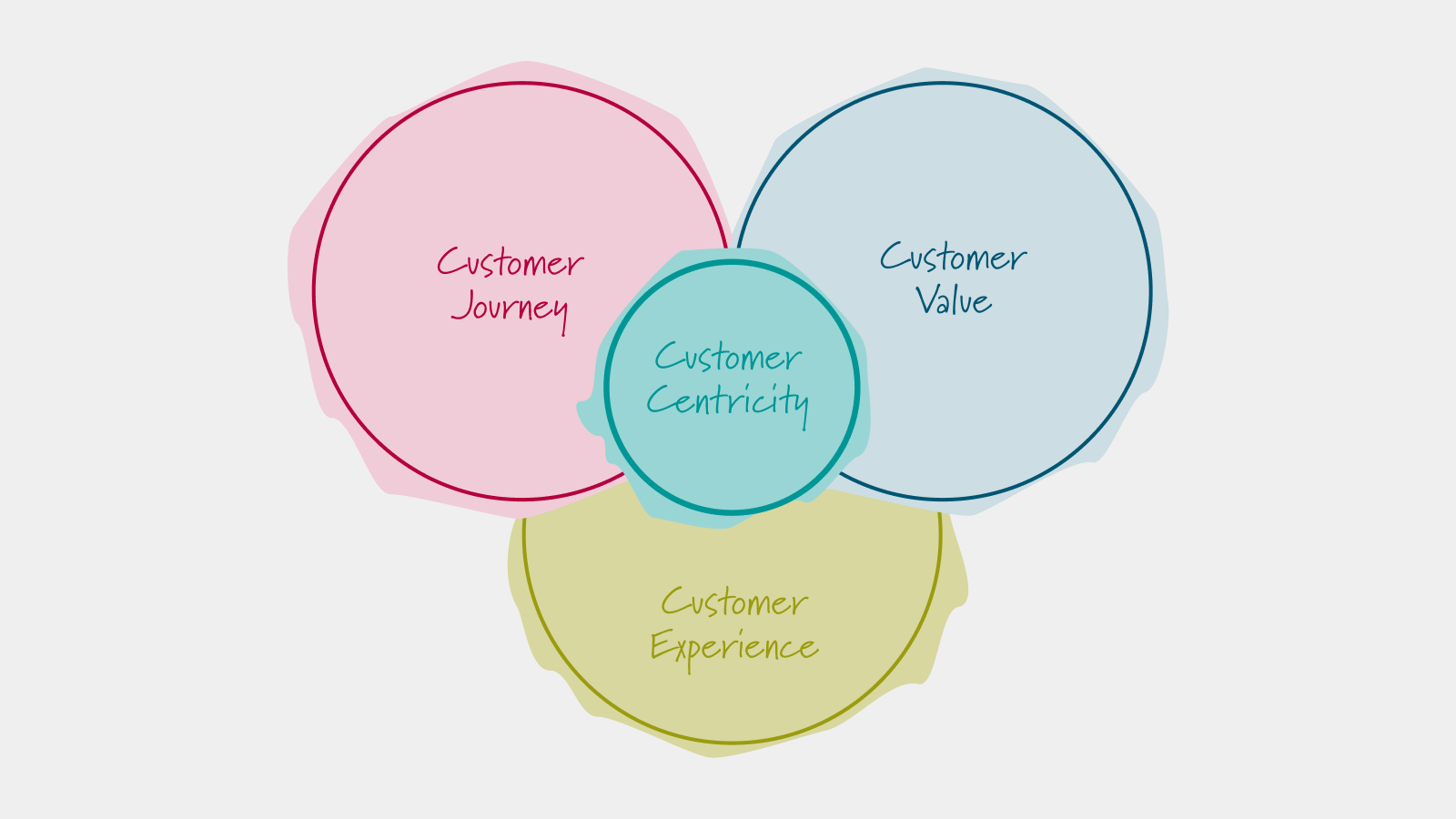
Value Creation Logic
A business model blueprint for professional service firms

Oliver Grasl
18.2.2013
An illustration of the value creation logic
The Value Logic
The starting point for building the business model prototype is the A Generic Business Model Blueprint, which I introduced in my post of Prototyping Business Models And Market Strategies about business model prototyping. Before going into the details of the prototype I wanted to illustrate how this blueprint can be applied to model an industry-specific blueprint, that of a generic professional service firm (PSF).
A business model blueprint defines a firm's value network, transaction model and value logic at a conceptual level. I covered theValue Network and Transaction Modelin my last couple of posts of Make Your Professional Service Firm Grow. Today I will discuss the PSFs value logic.
Sketching The PSFs Value Logic
To me, sketching a company’s value logic is the most exciting part of business model prototyping – the value logic captures the main feedback loops that drive a companies business and show the unique recipe it uses to be successful. My experience is that few managers and leaders have ever explicitly visualized these feedback loops for their company. In fact, especially in larger companies, there are mostly only a few people who have a good understanding of how the entire company works. So while it is challenging to create these diagrams it is also exhilarating, because everybody gains insight into the workings of their company.
The value network shows who the company does business with and the transaction model shows which products and artifacts are exchanged. But to me, looking at a diagram of a value network or a transaction model is a bit like looking at an “exploded” view of the parts of a motor – even if I know all the parts and how they fit together I still cannot “see” how the motor works.
In business model prototyping, this is where the value logic comes into play: it captures the logic of how the individual transactions work together to create a dynamic, running business.
To make this more concrete: We know the PSF needs its talents to deliver professional services, and we know the PSF hires new talents via its recruiting transactions. But when does the PSF hire new talents? On-demand, whenever services need to be delivered? Or does the PSF have a fixed growth target? Or is hiring a chance process? What exactly does the firm’s hiring policy look like?
In general, the objective of the value logic is to capture the causal structures and policies that drive the business model; at the conceptual level, we concentrate on the primary ones, in the full prototype we need to make sure all aspects of the value network and transaction model are covered.
So, the main questions we need to answer when modeling the value logic are:
- How are the company’s resources and capabilities used to create new products, attract customers, sell products and drive value creation?
- Which feedback loops ensure that the business model is sustainable?
When sketching the value logic with my clients I like to use the generic value logic blueprint as a starting point. I covered this in my post on the A Generic Business Model Blueprint, but I have repeated the main causal loop here for ease of reference:

The diagram says that resources and capabilities lead to new products in the product offering, which leads to new customers, which leads to more product sales, which leads to revenue, which provides cash. The cash is then used to buy more resources and build new capabilities, which again can be used to design new products. This is closed feedback loop is the “motor” that powers every company.
Now, let us map this to our PSF situation: The main resources are PSFs the talents, the main capability is the PSFs know-how. The products being offered are professional services, the customers are the clients. Amongst management consulting and engineering companies, a service that has been sold and is being delivered is often referred to as a project – I will use that term here, even though it does not apply to all professional services. This leads to the following initial diagram of our PSFs value logic:

This diagram is looking good already – but structurally it is still identical to the generic blueprint, we have only changed the wording. Now is the time to use our more specific knowledge of the professional services industry to add new connections: we know that the know-how of a PSF has also depended on its talents. We also know that the know-how will be influenced by the projects the PSF delivers, because the firm’s talents gain experience and (client-specific) knowledge during project delivery (that is one of the reasons most new PSFs are started by experienced professionals and not by talents coming straight from University). Adding these connections leads to the following diagram:

The PSF Value Logic Blueprint
So far, everything is looking good – perhaps too good: the amount of cash the company has just seemed to depend on the revenue. But what about the costs? Do not the talents cost money? Presumably, do we also need to spend on knowledge maintenance? Also, the hiring of talents just depends on the cash the PSF has – surely the services, clients and projects also must have something to do with the hiring policies?
This is the wonderful thing about building prototypes (and models in general): as soon as you put your ideas down on paper a thousand questions are raised which leads to new insights. The next diagram attempts to answer these questions – the value logic blueprint for professional service firms:

I have added a balancing loop that accounts for the cost of the talents and know-how maintenance. I have also added a policy for the demand for talent – this will depend on the projects the PSF needs to deliver, the clients the PSF has and wants to develop, and on the professional services, the company is offering and wants to develop. Of course, the demand is regulated by the number of talents the PSF already has. Most companies also hire according to a specific growth target, generating a strategic demand on top of the operative demand.
To ensure the diagram is complete, we need to cross-check with the Value Networkand Transaction Model. You will notice that we have not included the business contacts, the universities and recruiting agencies in our value logic. This is acceptable at the conceptual level: the business contacts are needed to find new clients and sell services, we already have a loop for this in our diagram; the universities and recruiting agencies are part of the talent hiring loop.
Conclusion and Next Steps
I have found that the generic PSF value logic diagram is a starting point for investigating the value logic of specific professional services firms. Please check my post on the Key Performance Indicators in Professional Service Firms for a concrete example. The generic diagram is also a good starting point for exploring the constraints coming from the market (e.g. the general market condition and the competitive situation regarding the service offering, client acquisition and recruiting talents) and for discussing financing options (e.g. initial equity needed, debt financing to ensure liquidity during aggressive growth periods, dividends,…).
We have now gone through the early stages of a business prototyping session and have created diagrams of the Value Network, itsTransaction Modeland its value logic. I will be writing more about the approach and about blueprints for other industries in the future.
But now that we have all the basics under our belt it is time to start looking at how to make professional service firms grow.
Workshops
Resources
All Rights Reserved.





